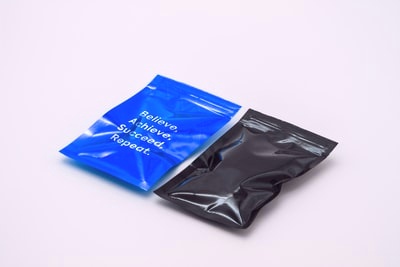Last week, a major cannabis brand was sued for patent infringement by Geographic Location Innovations (“GLI”) in the District Court of Colorado. The Complaint alleges GLI is the owner of the ‘285 Patent, titled “Device, System and Method for Remotely Entering, Storing and Sharing Addresses for a Positional Information Device,” which among other things, allows a user to request an address, such as the address for a store, from a server. The server determines the requested address and transmits it to the user. The system can also determine route guidance to the store address based at least in part on the location of the user.
The defendant’s website has a similar store locator system that GLI claims infringes the ‘285 Patent. A user is able to input an address and the website will provide a list of the nearest retail locations. The website will also load navigation if the user requests directions. If you’re reading this and thinking “wow, most retail websites I’ve accessed lately have this feature,” you’re absolutely right. GLI has been busy – our search of the federal courts found that GLI has filed 49 lawsuits since 2016, with 11 of them still ongoing. And of course, it bears mentioning that this trend of patent infringement litigation will only become more and more prevalent in the industry as players focus on their online presence.
The real takeaway I have from reviewing this lawsuit is this: do you have intellectual property protections in place? Most of our clients are visionaries that are building and implementing their business plans, establishing business relationships, etc. They’re also establishing their online presences, but the actual work of creating a website is being outsourced to web developers more often than not. In such situations, it’s important to not gloss over the indemnification provisions of the agreement.
Some developers, who are aware that intellectual property trolls are on the rise, flat out refuse to agree to any indemnification. These developers feel they’re just building what the client is requesting, and the client should therefore bear the burden of potential patent infringement. However, if the developer is suggesting features, or using “home grown” templates or tools, full intellectual property indemnification is probably proper and should be fought for (or at least, paid a premium for). Given every situation is different, your arguments for partial to full indemnification may change, but in absolutely every case, the risks and benefits that may result from this typically “boilerplate” provision need to be weighed.
As you can see from the cautionary tale above, it may serve you very well to have proper indemnification clauses in place. Otherwise, if you find yourself in litigation over something you had very little to no control over, you might be left holding the bag for someone else’s mistake. Don’t rely on your web developer for legal advice. Our intellectual property team has seen it all and is here to help.
For past posts on the importance of indemnification provisions in other contexts, see:
- Top Four Concerns for Tri-Party Cannabis Supply Chain Agreements
- Watching Your Backside in California Cannabis: Indemnification Issues
- California Cannabis Leases: Remediation Indemnification is Key
The post Patent Infringement Indemnification: Do You Have It? appeared first on Harris Bricken.






